Common Woodruff
Display all 13 images
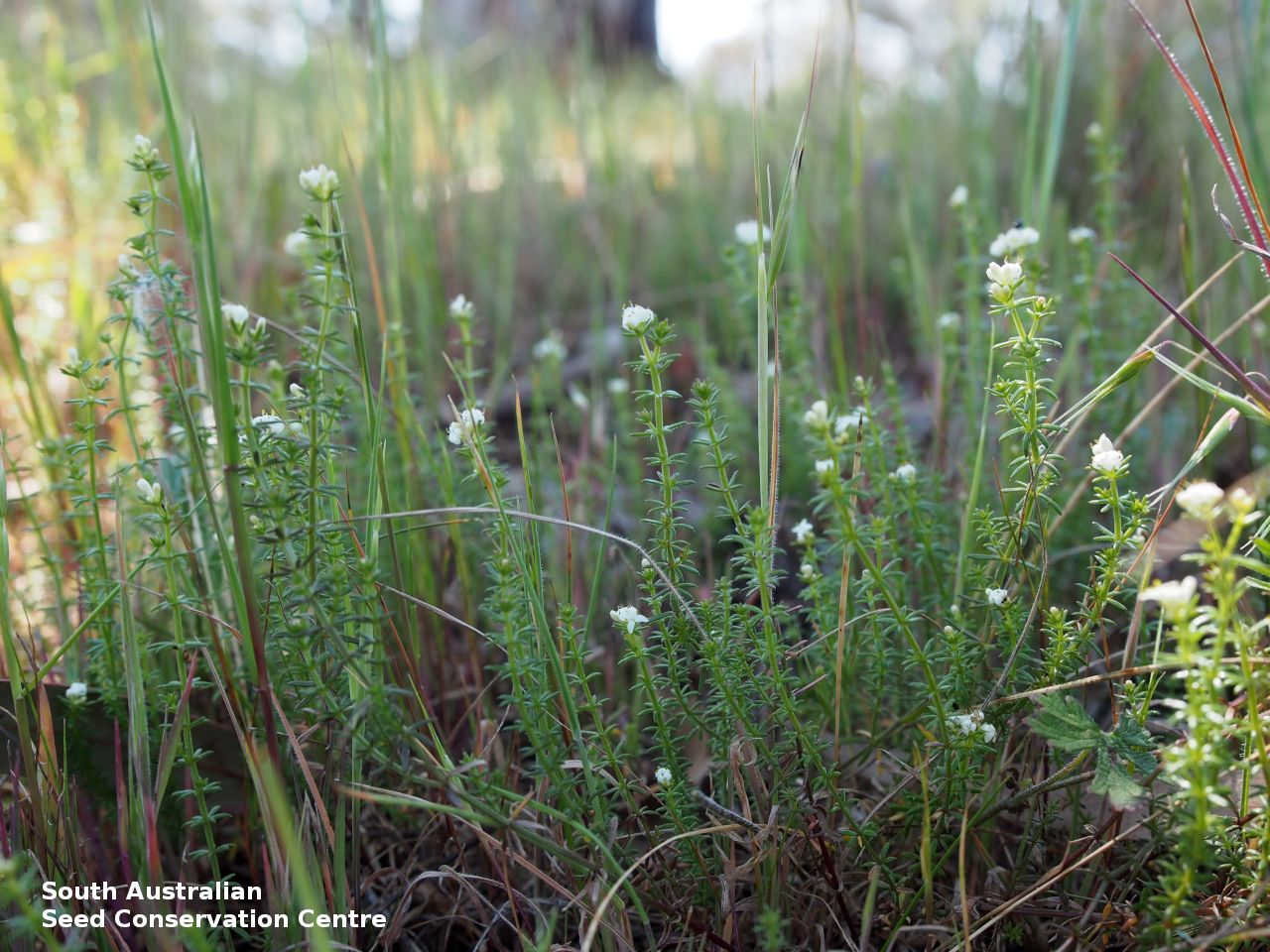
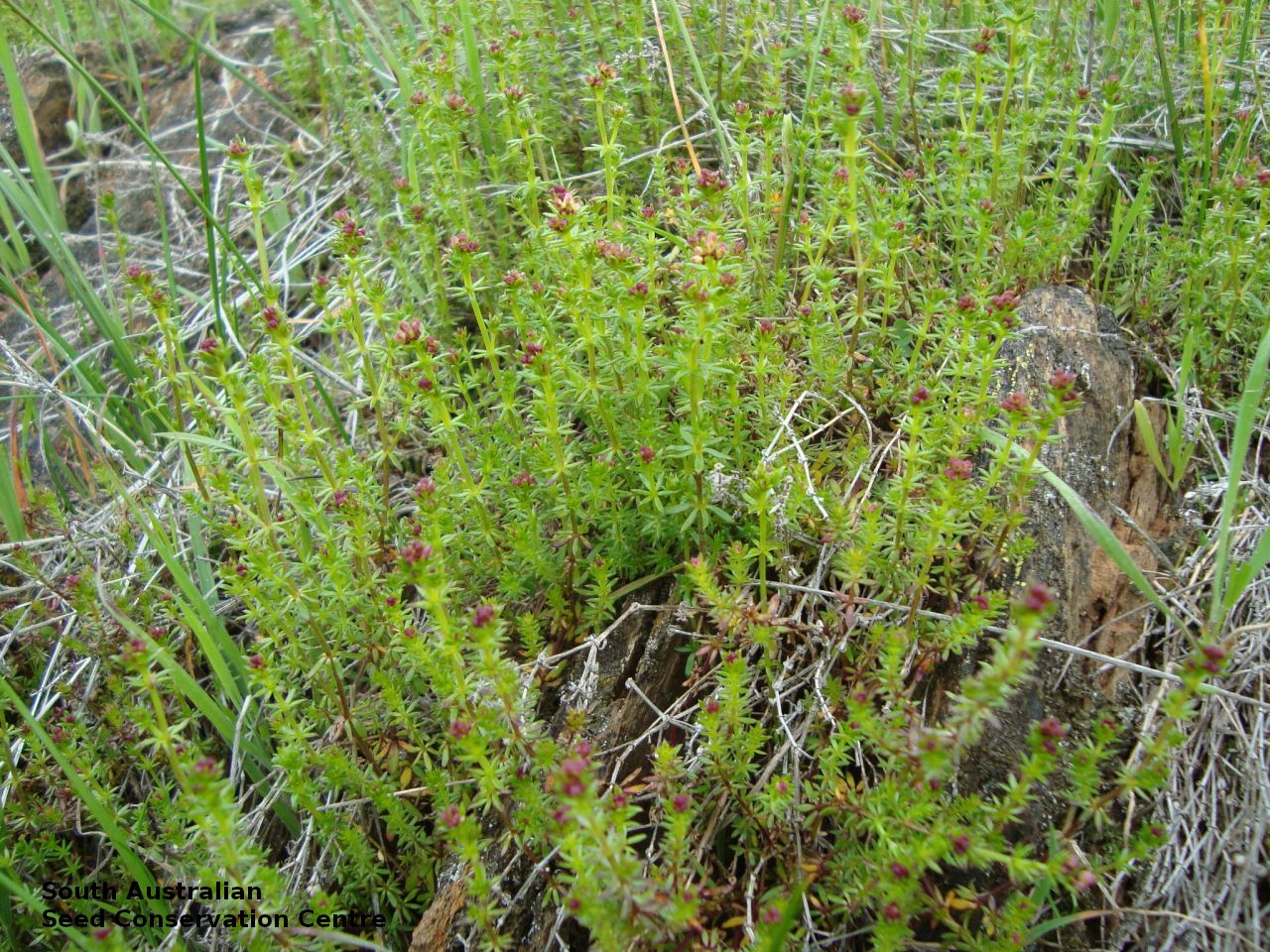
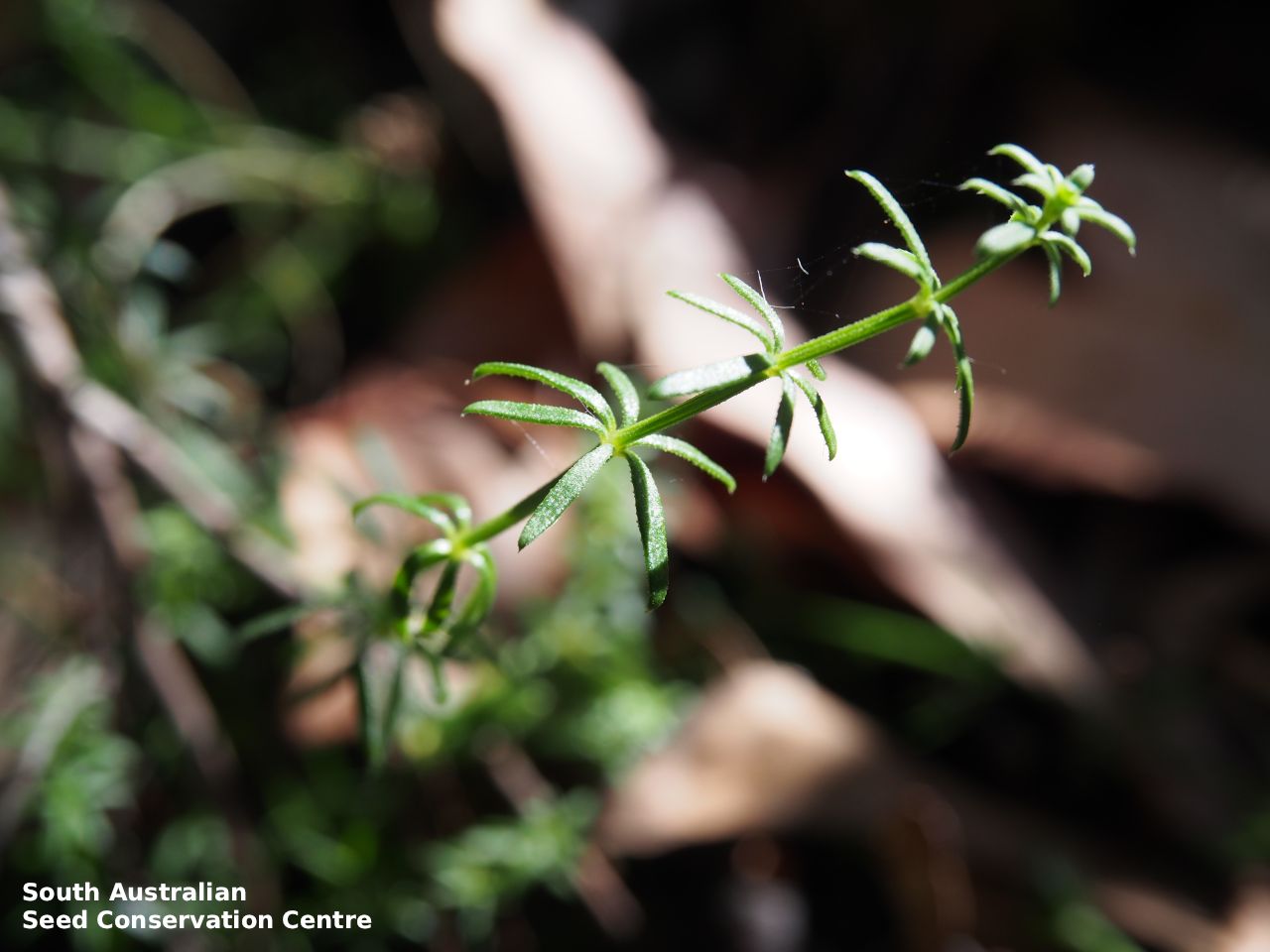
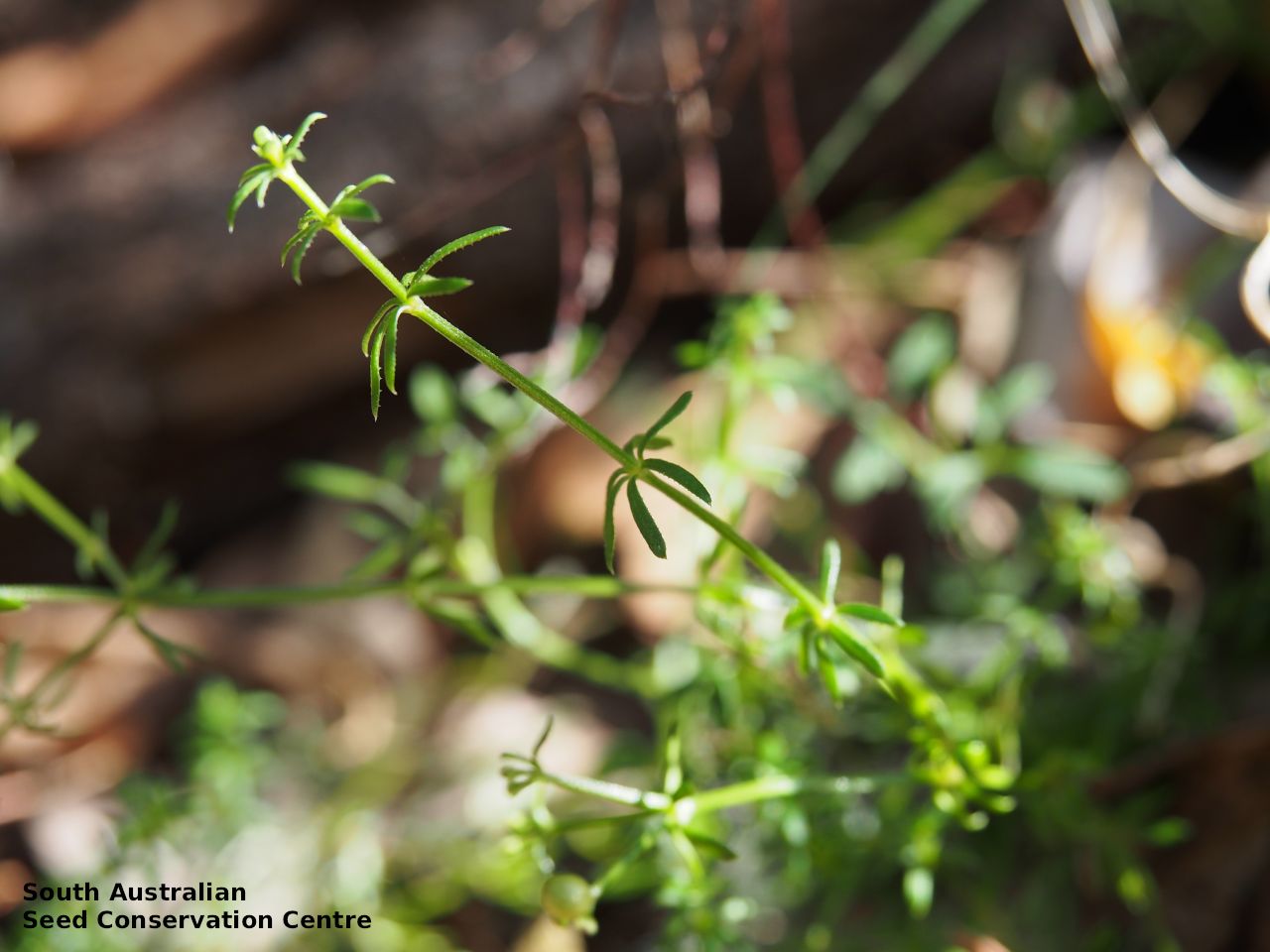
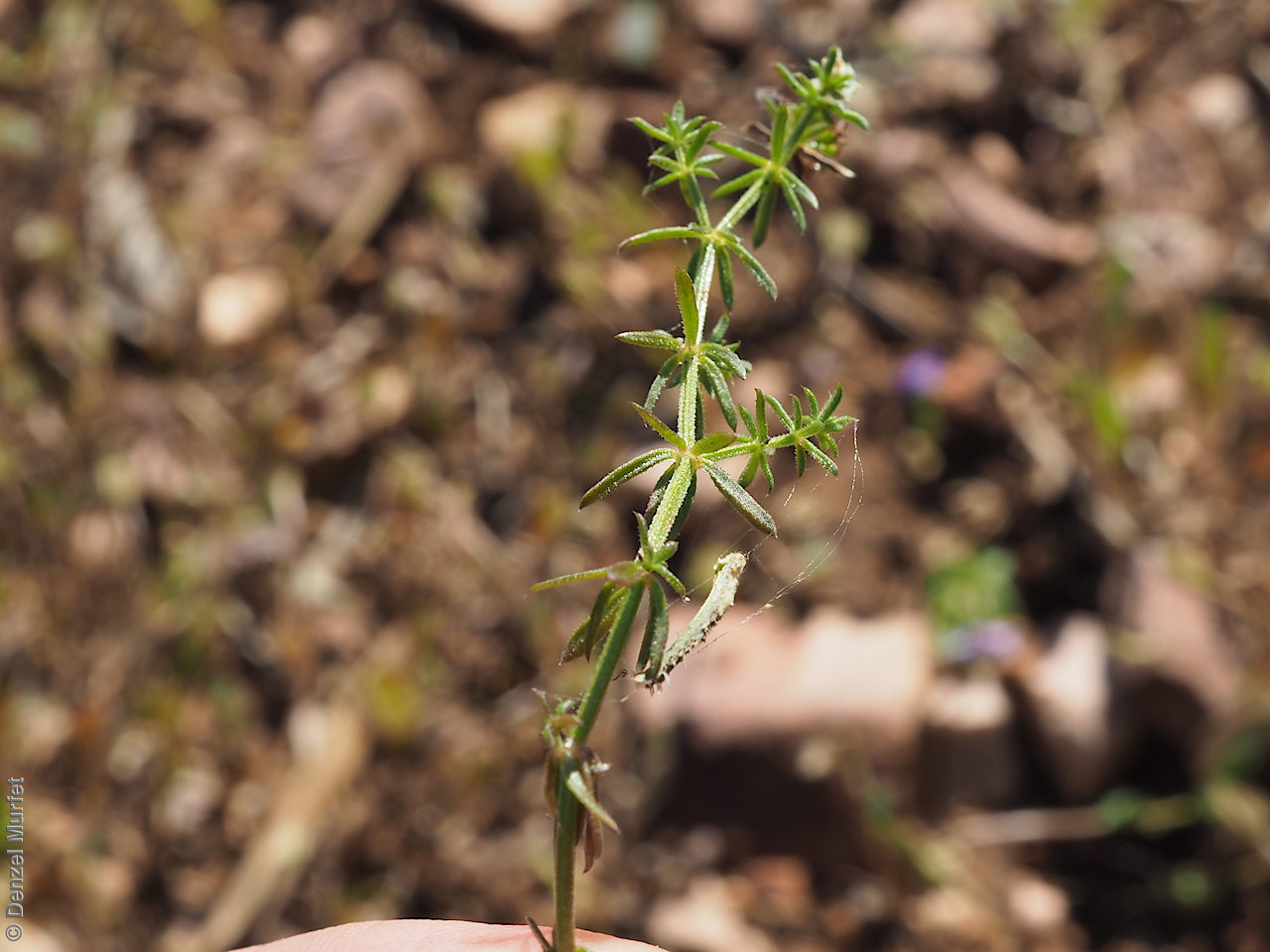
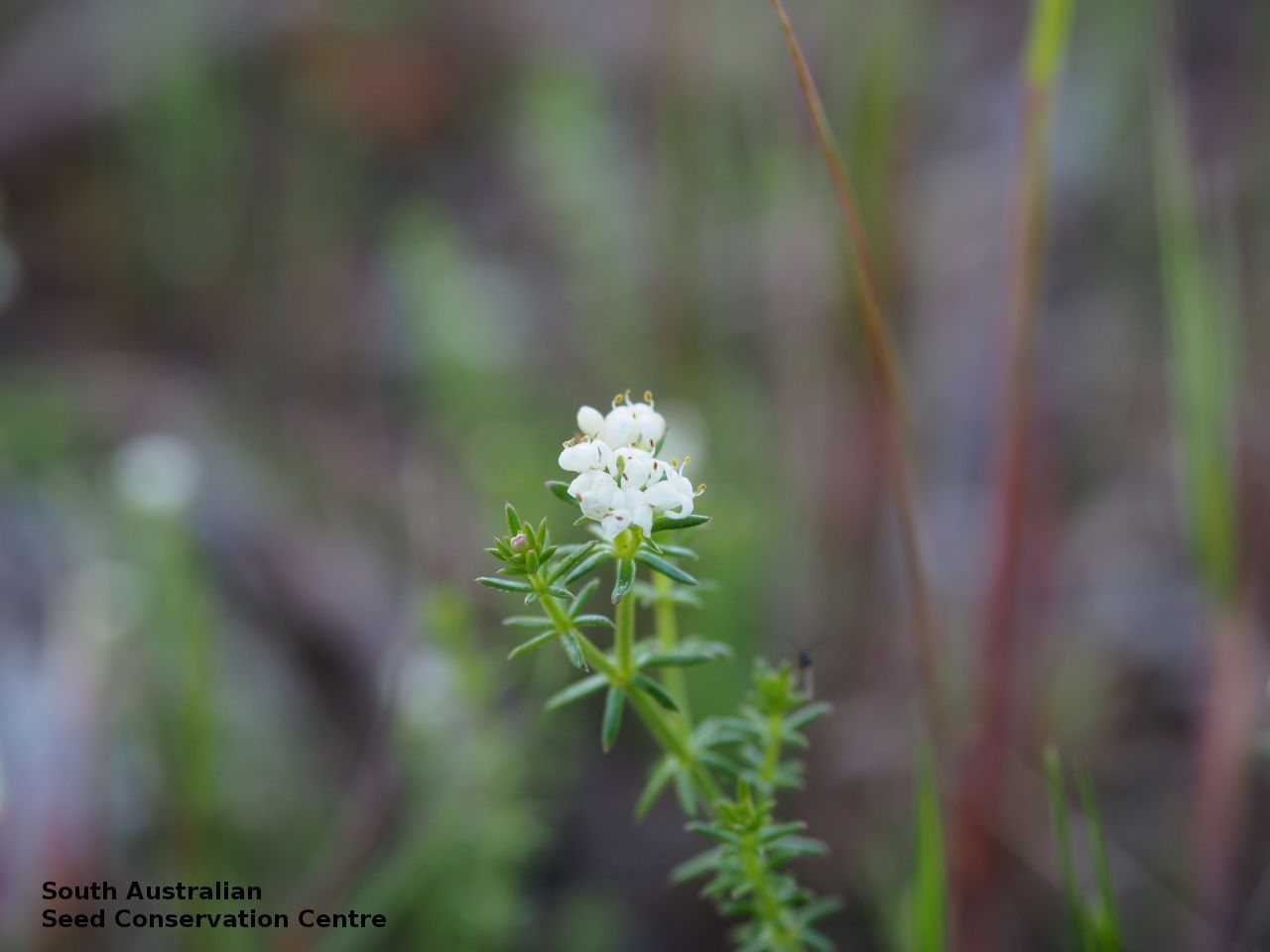
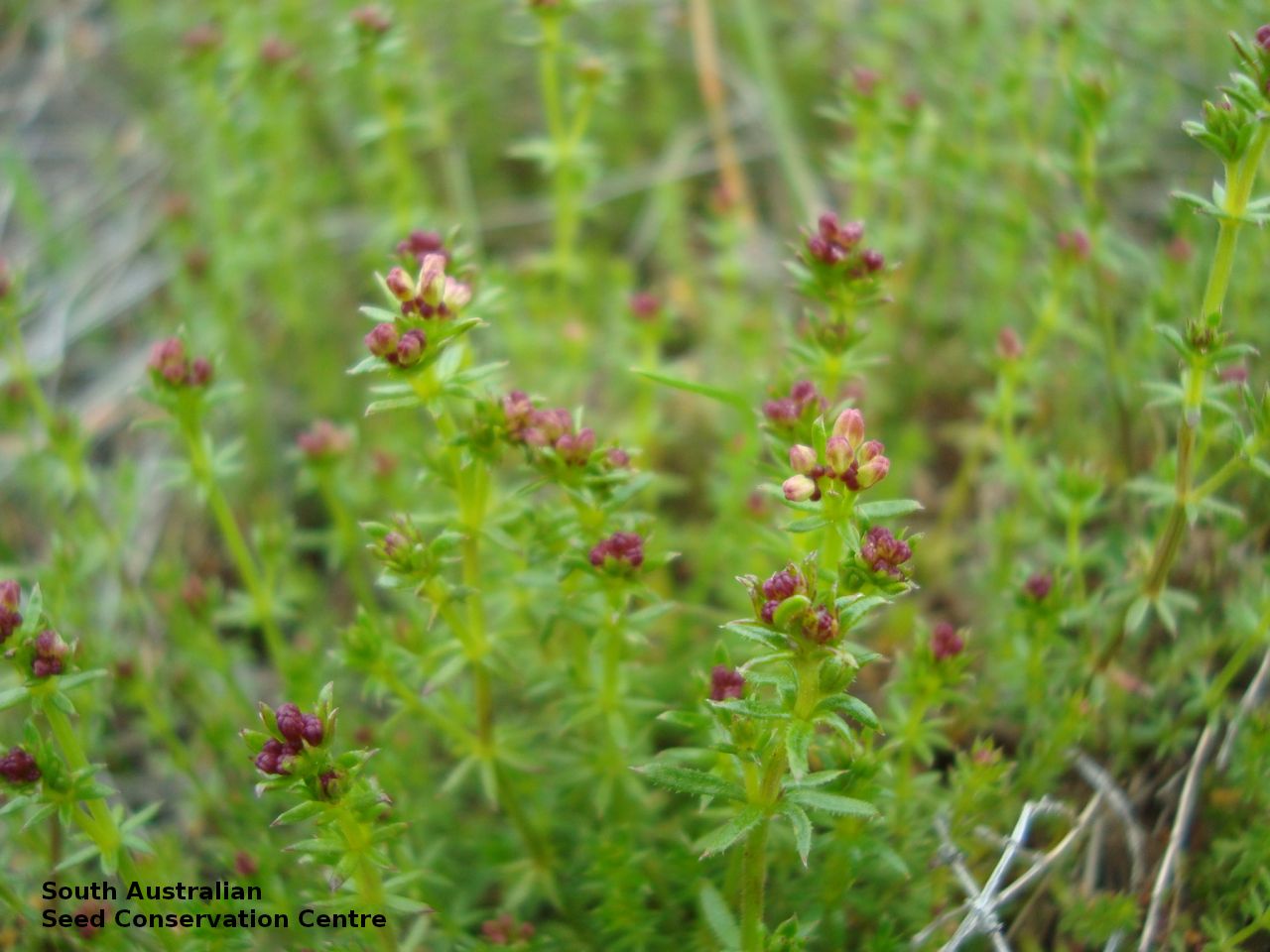
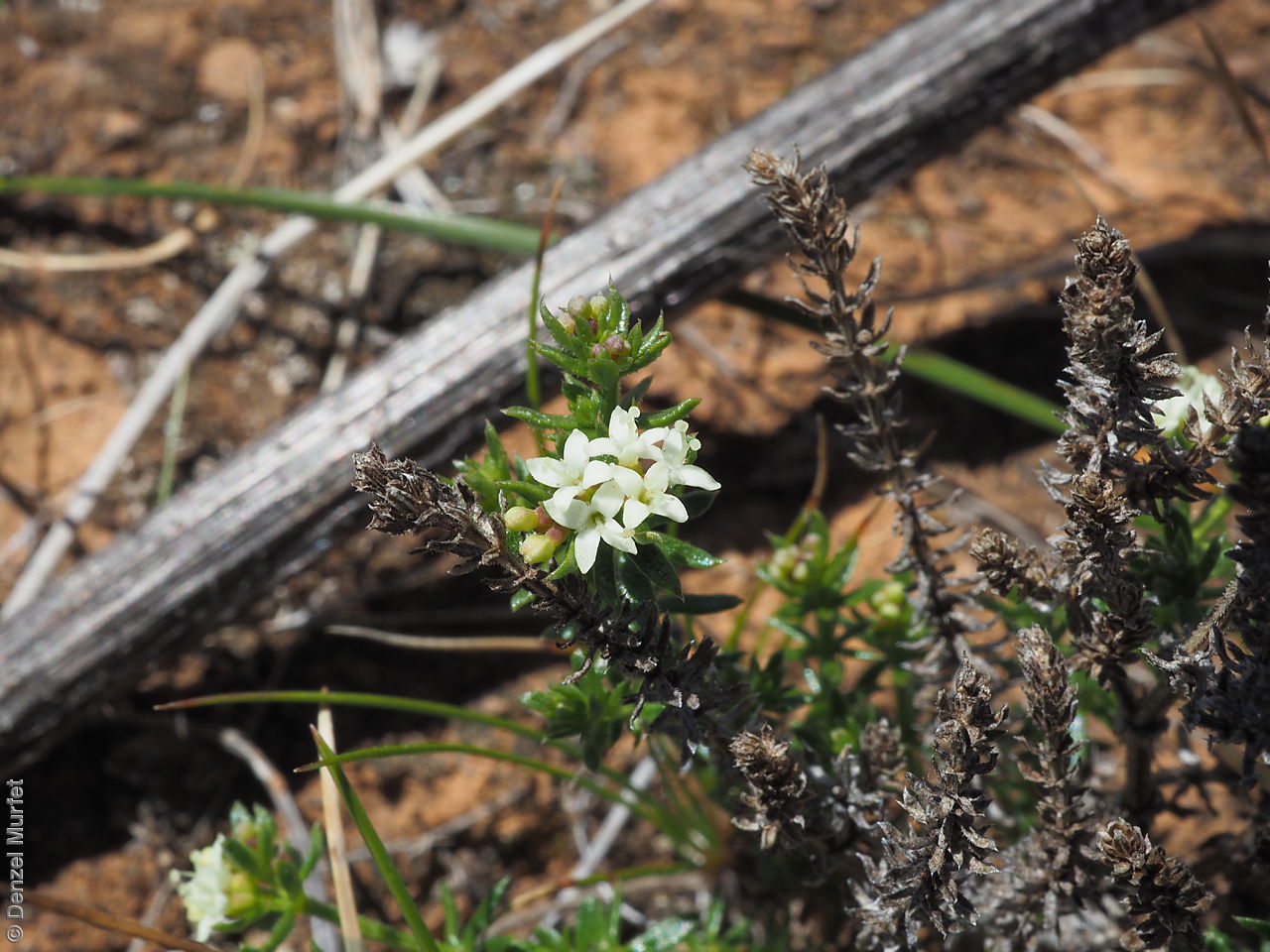
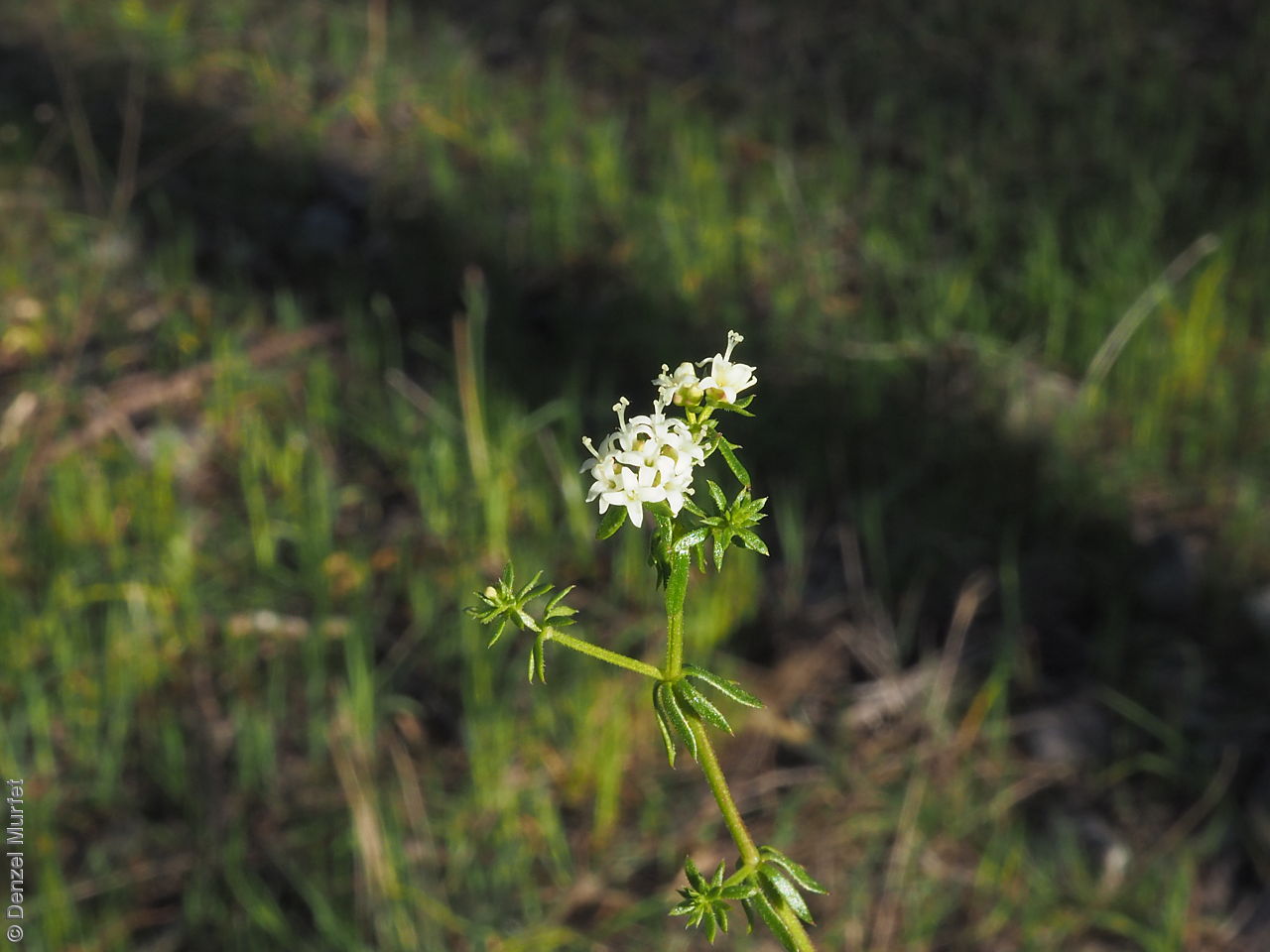
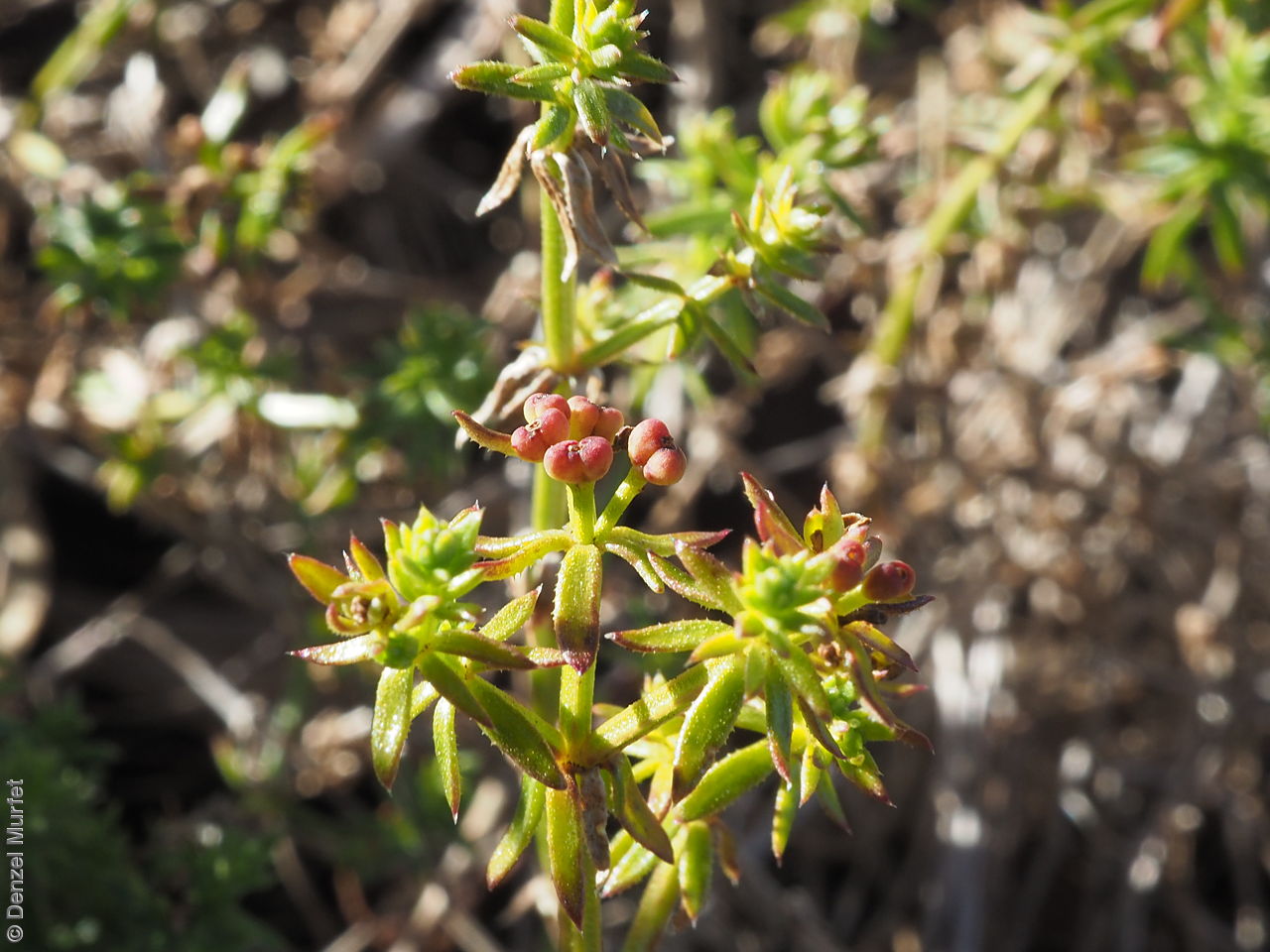
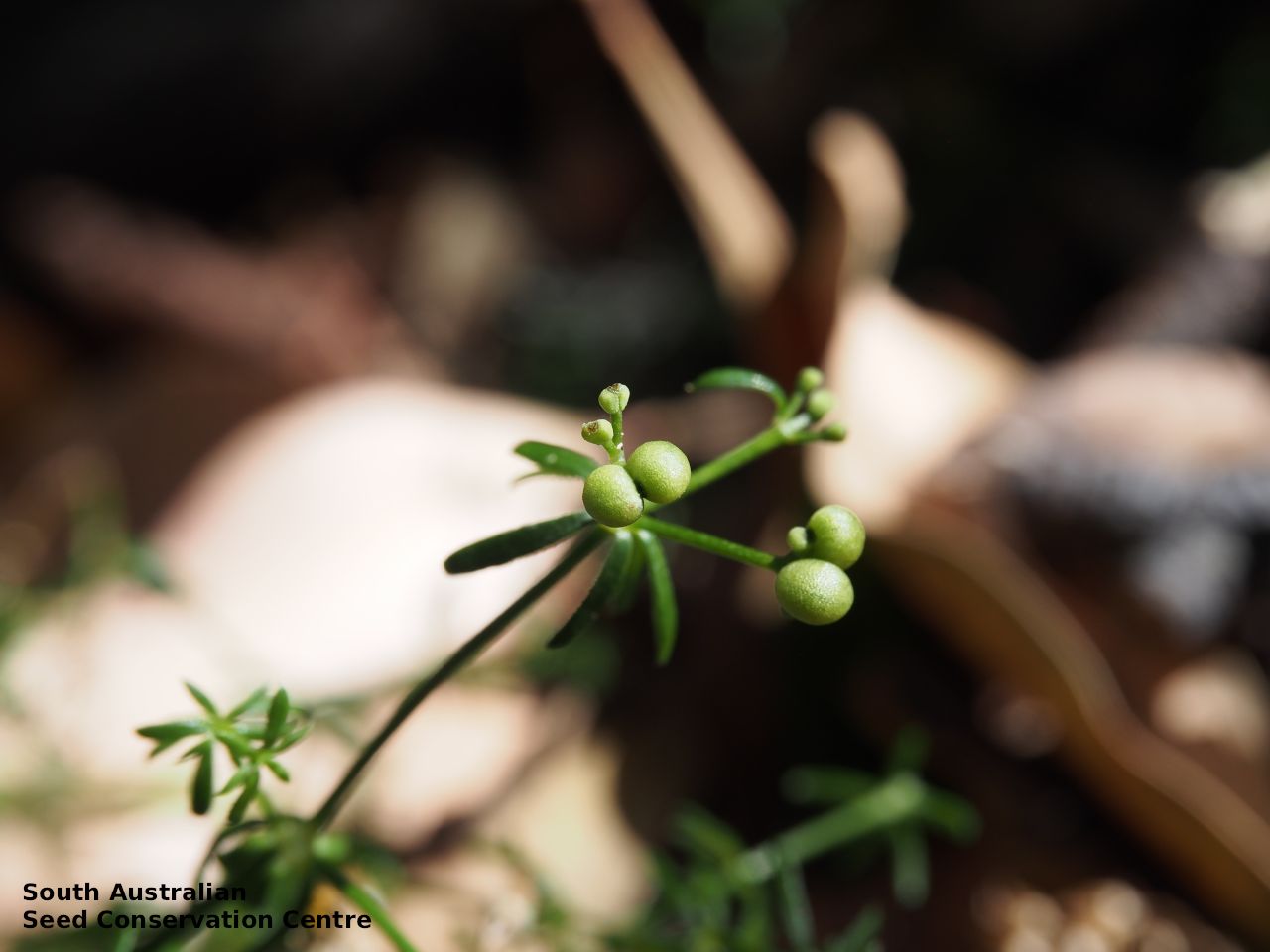
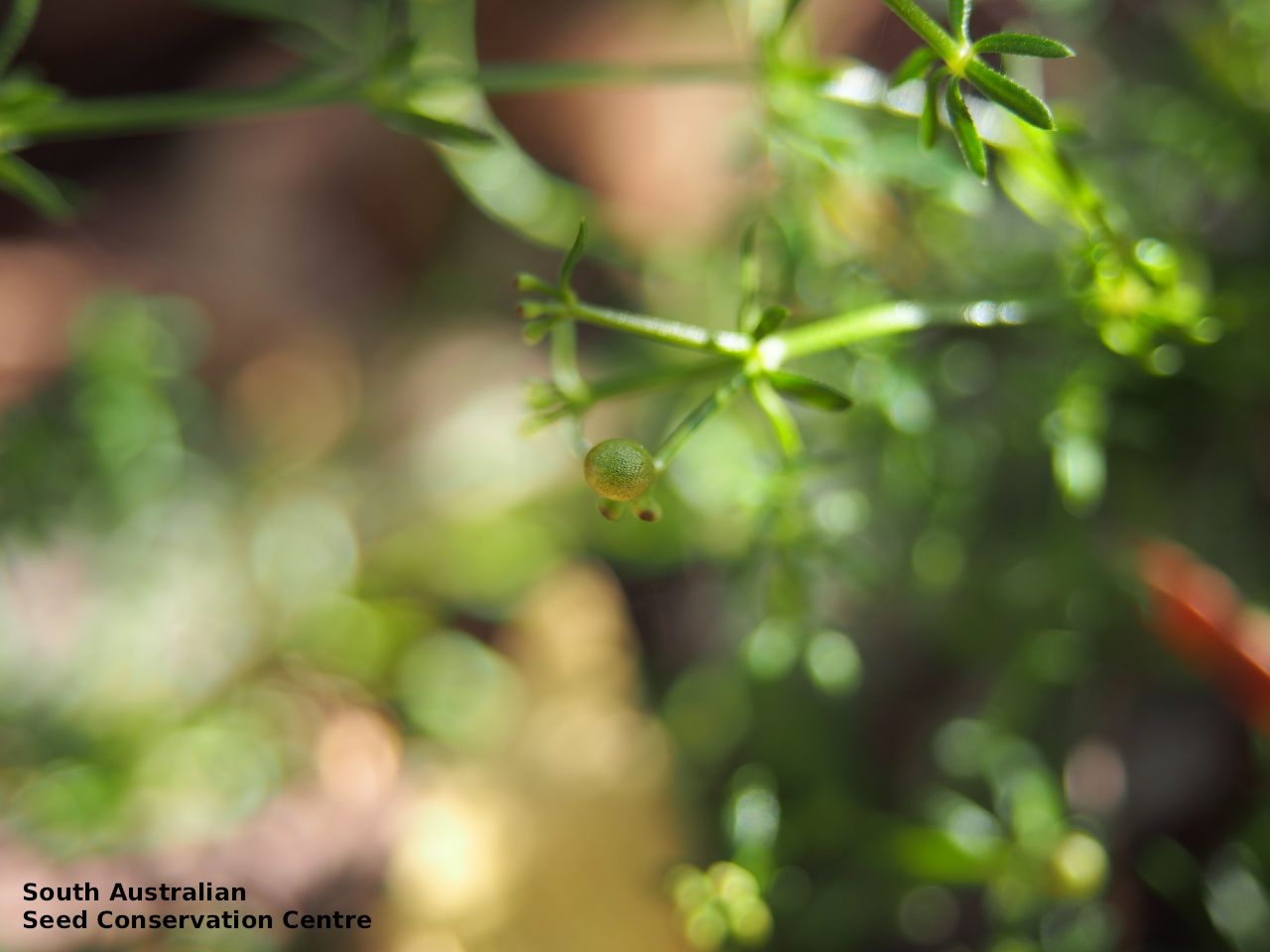
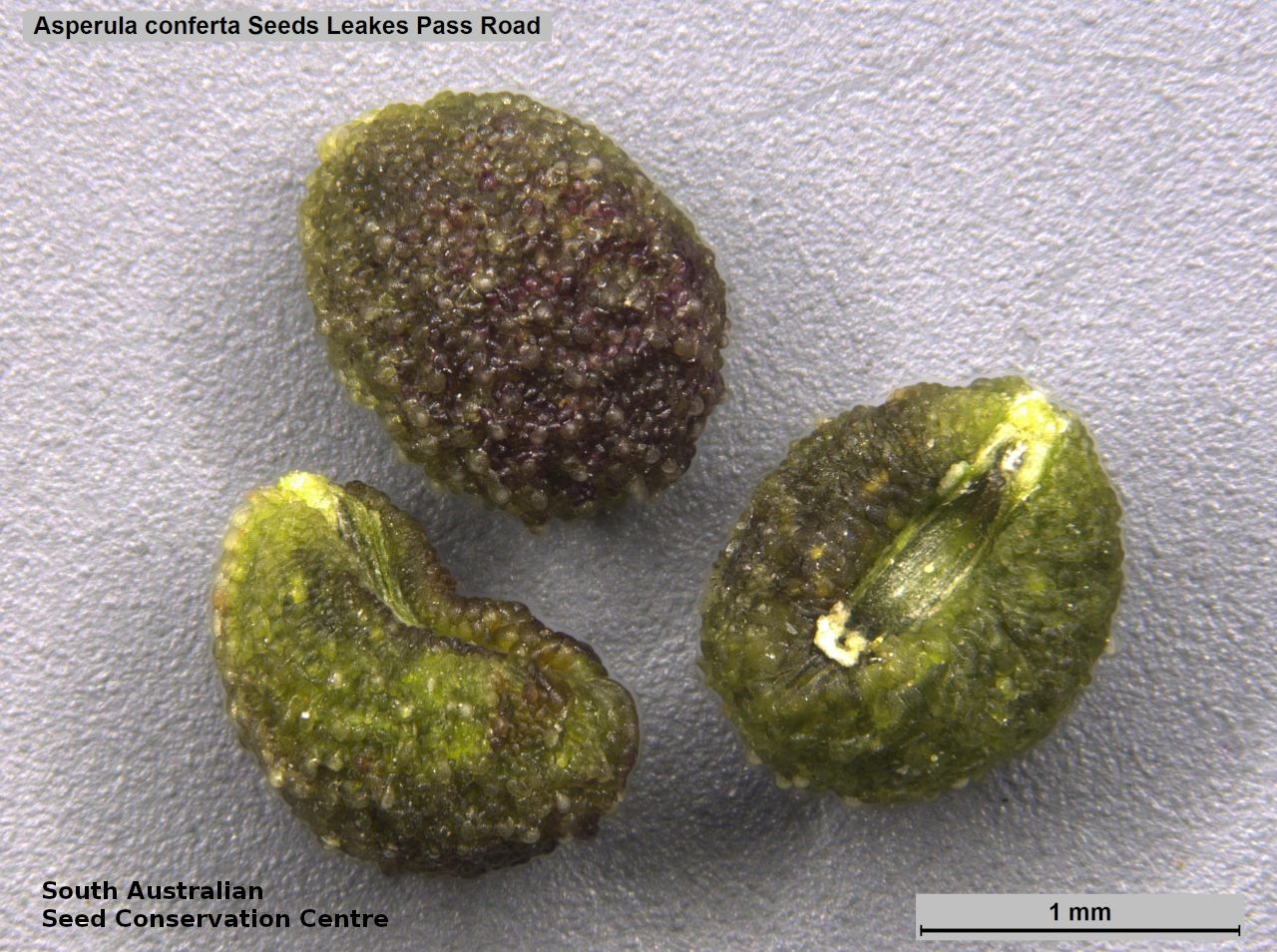
Regional Species Conservation Assessments per IBRA subregion.

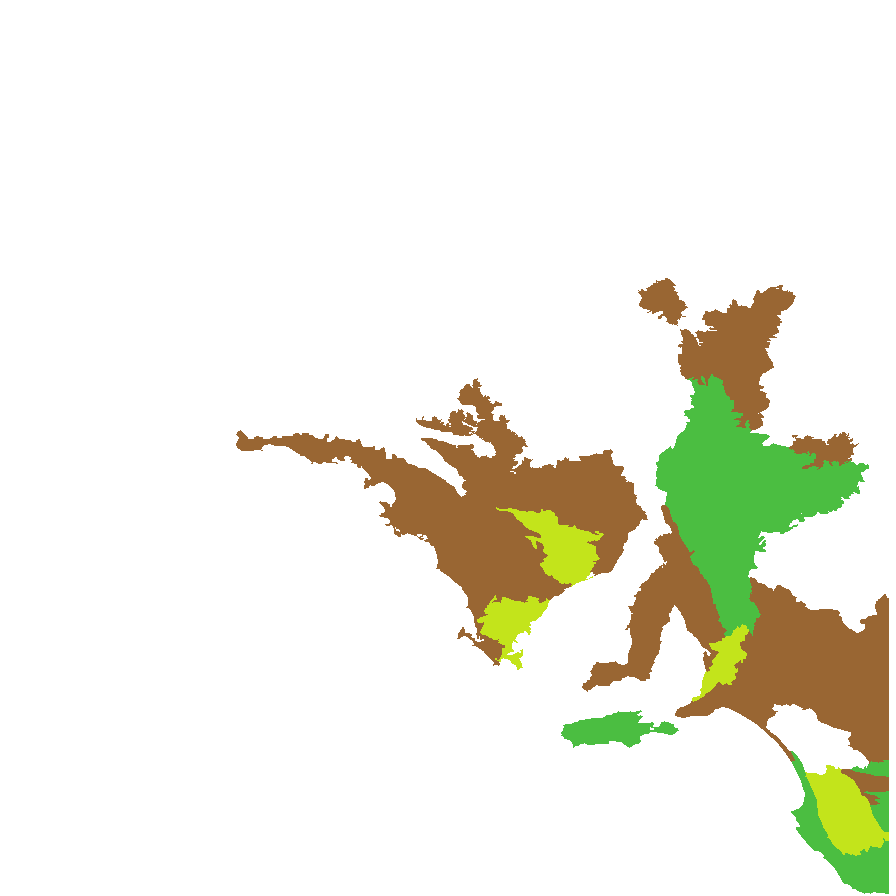
Least concern
Near threatened
Rare
Vulnerable
Endangered
Critically endangered
Extinct
Data deficient
Adelaide
Arkaroola
Ceduna
Coober Pedy
Hawker
Innamincka
Marla
Marree
Mount Gambier
Oodnadatta
Renmark
Wudinna
Keith
Yunta
Display IBRA region text
| Mount Gambier (SVP02) | Southern Volcanic Plain | Least Concern |
| Bridgewater (NCP01) | Naracoorte Coastal Plain | Least Concern |
| Glenelg Plain (NCP02) | | Least Concern |
| Lucindale (NCP03) | | Near Threatened (Probable Decline) [weeds a threat] |
| Kangaroo Island (KAN01) | Kanmantoo | Data Deficient [1 record checked by P Lang: common in swales] |
| Fleurieu (KAN02) | | Rare (IUCN: RA d(ii)) (Probable Decline) [woodland sp; degradation/loss of habitat] |
| Mount Lofty Ranges (FLB01) | Flinders Lofty Block | Near Threatened (Probable Decline) [woodland sp; degradation/loss of habitat] |
| Broughton (FLB02) | | Least Concern |
| Olary Spur (FLB03) | | Least Concern |
| Southern Flinders (FLB04) | | Least Concern |
| Northern Flinders (FLB05) | | Rare (IUCN: RA d(ii)) [limited habitat; climate sensitive ] |
| Central Flinders (FLB06) | | Least Concern |
| Southern Yorke (EYB01) | Eyre Yorke Block | Rare (IUCN: RA d(ii)) (Probable Decline) |
| St Vincent (EYB02) | | Rare (IUCN: RA d(ii)) (Probable Decline) |
| Eyre Hills (EYB03) | | Near Threatened (Probable Decline) |
| Talia (EYB04) | | Rare (IUCN: RA d(ii)) (Probable Decline) |
| Eyre Mallee (EYB05) | | Rare (IUCN: RA d(ii)) (Probable Decline) |
| Murray Mallee (MDD02) | Murray Darling Depression | Rare (IUCN: RA d(i,ii)) (Probable Decline) |
| Murray Lakes and Coorong (MDD03) | | Rare (IUCN: RA d(ii)) |
| Lowan Mallee (MDD04) | | Rare (IUCN: RA d(i,ii)) |
| Wimmera (MDD05) | | Least Concern |
| Myall Plains (GAW01) | Gawler | Rare (IUCN: RA d(ii)) (Probable Decline) |
| Gawler Volcanics (GAW02) | | Rare (IUCN: RA d(ii)) (Probable Decline) |
| Bimbowrie (BHC05) | Broken Hill Complex | Rare (IUCN: RA d(ii)) (Probable Decline) |
| Mount Gambier (SVP02) | Southern Volcanic Plain | Least Concern |
| 3 of 4 subregions | Naracoorte Coastal Plain | Least Concern , Near Threatened |
| 2 of 2 subregions | Kanmantoo | Rare , Data Deficient |
| 6 of 6 subregions | Flinders Lofty Block | Least Concern , Near Threatened , Rare |
| 5 of 5 subregions | Eyre Yorke Block | Near Threatened , Rare |
| 4 of 6 subregions | Murray Darling Depression | Least Concern , Rare |
| 2 of 8 subregions | Gawler | Rare |
| Bimbowrie (BHC05) | Broken Hill Complex | Rare (IUCN: RA d(ii)) (Probable Decline) |
Botanical art
Kath Alcock paintings: 3
Prior names
Asperula scoparia
Asperula oligantha, nom.illeg., partly
Etymology
Asperula from the Latin 'asper' meaning rough, alluding to the stiff hairs on the leaves and stems. Conferta from the Latin 'confertus' meaning crowded, maybe alluding to the white 'posy' flower head.
Distribution and status
Found in the south-eastern part of South Australia from the Flinders Ranges to the lower South-east growing in a wide range of habitats and soil types. Also found in Queensland, New South Wales, Victoria and Tasmania. Native. Common in South Australia. Common in the other states.
Herbarium regions: Flinders Ranges, Eastern, Eyre Peninsula, Northern Lofty, Murray, Yorke Peninsula, Southern Lofty, Kangaroo Island, South Eastern, Green Adelaide
NRM regions: Adelaide and Mount Lofty Ranges, Eyre Peninsula, Kangaroo Island, Northern and Yorke, South Australian Arid Lands, South Australian Murray-Darling Basin, South East
AVH map: SA distribution map (external link)
Plant description
Erect to decumbent perennial, often slightly woody at base with slender stems to 30 cm long, sparsely covered in short hairs. Leaves in whorls of 5 or 6, linear to 12 mm long and 1 mm wide; acute to short-acuminate often with a short point; glabrous except for short hairs on margins and midrib on lower surface, margins flat to recurved. Inflorescences terminal or in upper axillary clusters with 1-3 white flowers, slightly shorter than or longer than leaves. Corolla to 3 mm long on male flowers and 3 mm long on females; corolla tube slightly shorter than lobes. Flowering from September to November. Fruits are blackish-brown globular to reniform fruit, deeply lobed and rugose. Seeds are green to brown reniform or concave seed to 1.5 mm long and 1.1 mm wide, with a wrinkled surface.
Seed collection and propagation
Collect seeds between October and December. Collect maturing fruits by picking off the clusters that are fat and turning brown or break off stems with numerous fruit clusters. Place the fruits in a tray and leave to dry for one to two weeks. Then rub the fruits with a rubber bung to dislodge the seeds. Use a sieve to separate the unwanted material. Store the seeds with a desiccant such as dried silica beads or dry rice, in an air tight container in a cool and dry place.














